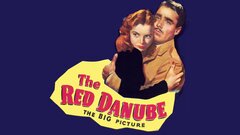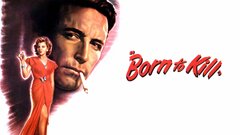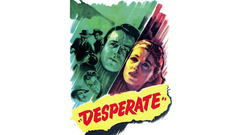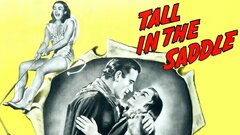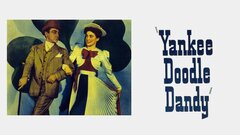A character actress of low-budget films from the 1940s and '50s, military-raised Audrey Long, daughter of a British Episcopal minister-turned-American citizen, signed a contract with Warner Brothers when she was still a teenager. Although no breakout roles came her way, she transferred over to RKO, leading to sizable roles in B-movie westerns before finally breaking out in two controversial 1947 crime films, "Born to Kill" and "Desperate."
Audrey Long was born on April 14, 1922 in Orlando, FL to Mr. and Mrs. C.S. Long, both British immigrants. Due to her father's occupation as a United States Navy chaplain, Audrey and her family lived in Hawaii, Virginia and Canada before settling down in Los Gatos, CA.
While matriculating at Los Gatos High, Long started taking lessons from well-respected acting coach Dorothea Johnson, who had earlier instructed famous movie star sisters and Oscar winners Olivia de Havilland and Joan Fontaine. Using her newfound talents, Long joined the Saratoga Players and earned a scholarship to study at the Max Reinhardt Drama School in Hollywood.
Upon Long's high school graduation, she was signed directly to Warner Bros, making her motion picture debut in 1941 with uncredited roles in "The Male Animal"-coincidentally co-starring de Havilland-and James Cagney's George M. Cohan biopic "Yankee Doodle Dandy." After appearing in the short-lived Broadway show "Sons and Soldiers"-starring Gregory Peck, Karl Malden and Stella Adler-and returning from a nationwide drive selling war bonds in 1943, she relocated six miles west to RKO Radio Pictures, hoping that a new contract would lead to more sizable roles.
This change made all the difference, landing her featured roles in the mystery "A Night of Adventure" (1944) and the western romance "Tall in the Saddle" (1944), the latter of which co-starred blockbuster actor John Wayne. The following year, she married dialogue director Edward Rubin, although the marriage would last only six years. She spent the next several years as a successful character actress in mostly low-budget B-movie affairs for RKO, Columbia Pictures, Republic Pictures and Monogram Pictures. Most noteworthy were her performances in two 1947 noirs, the mobster drama "Desperate" and the smoldering "Born to Kill," the latter of which was directed by Robert Wise.
"Born to Kill" stood out among its peers for its unrelenting nastiness, and while New York Times critic Bosley Crowther lambasted it for being a "smeary tabloid fable" designed to challenge the Hays Production Code, it is now considered a milestone of the well-trodden genre. Long made her final film appearance in 1952's "Indian Uprising," the same year she married celebrated novelist Leslie Charteris, famous for his series of novels about Simon Templar, the master of disguises known better as The Saint.
They stayed married until Charteris' death in 1993, spending their time together traveling around the globe for both pleasure and business, as the novelist would often use the locations as inspiration for Simon Templar's own travels. Long died on September 19, 2014. Her cremated remains were mixed in with those of Charteris and placed into a large urn, whose inscription read "Love Never Dies."








